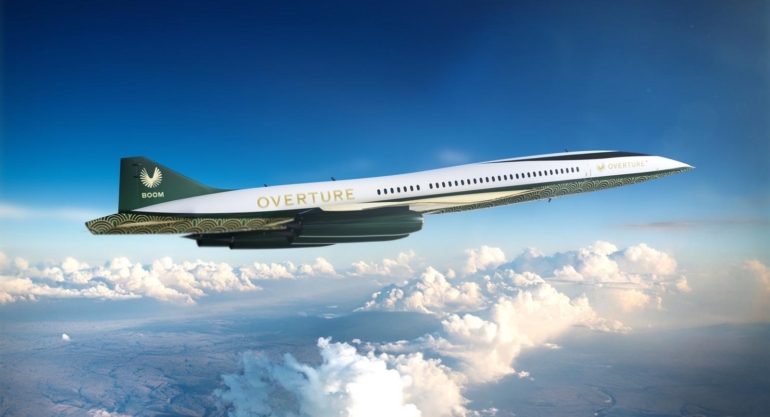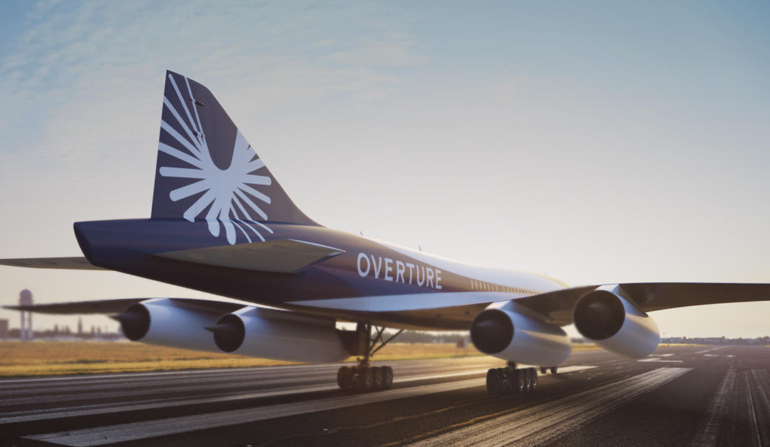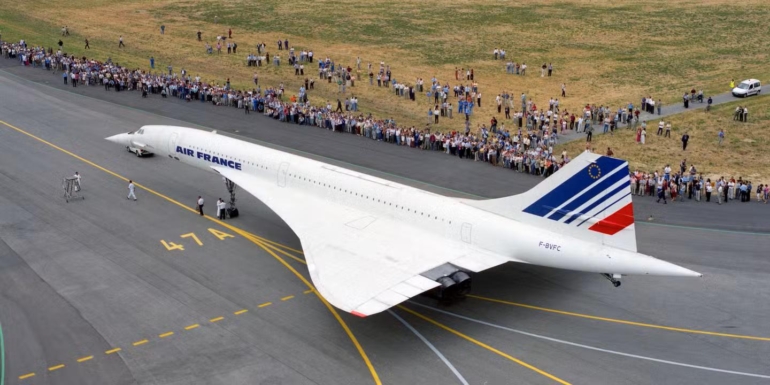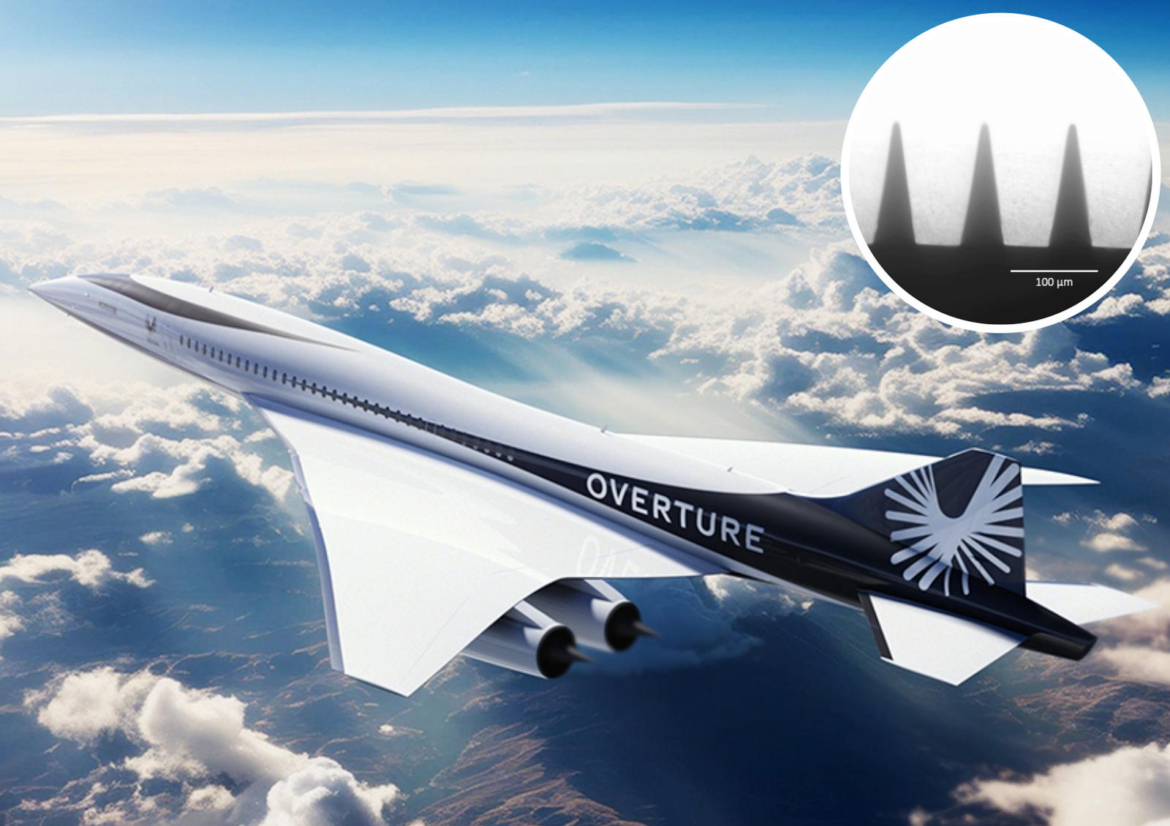Supersonic commercial air travel has long promised faster journeys across continents, yet the reality has often lagged behind due to concerns over fuel inefficiency, high operating costs, and environmental impact. The revival of supersonic flight in the 21st century, led by companies like Boom Supersonic, hinges not just on speed, but on sustainability and operational feasibility. In a breakthrough that could reshape this balance, Boom is testing a new material inspired by the texture of shark skin—an innovation that might help supersonic jets cross the sound barrier more efficiently.

The shark skin-inspired material, developed by Australian aerospace company MicroTau, features microscopic grooves called riblets. These structures mimic the dermal denticles on real shark skin, which help the animals glide through water with minimal resistance. Applied to aircraft surfaces, the riblets interact with airflow to reduce drag—a major source of inefficiency at high speeds. For supersonic jets, where every percentage point of drag saved can mean significant fuel conservation, this technology could be transformative.

As reported by New Scientist, Boom Supersonic has applied this riblet material as test patches to the belly of its XB-1 prototype, a scaled-down demonstrator designed to validate technologies for future commercial supersonic aircraft. During test flights, including two that pushed the XB-1 past Mach 1.0, the patches held firm and showed no degradation, even under the intense aerodynamic forces of supersonic travel. This early durability and performance under pressure are promising signs for a technology that aims to serve commercial and military aviation alike.

Fuel efficiency has been the Achilles’ heel of supersonic flight since the Concorde. Its legendary speed was undermined by enormous fuel consumption, limiting its accessibility and profitability. If Boom can incorporate drag-reducing materials like MicroTau’s riblets across its fleet, it could achieve meaningful efficiency gains—up to 4% under ideal conditions, according to computer simulations. That may sound modest, but in aviation, such improvements can dramatically reduce costs and emissions, especially when multiplied across global fleets.

By integrating shark skin-inspired surfaces into the very design of future supersonic aircraft, Boom isn’t just chasing speed—it’s addressing the core economic and environmental challenges that grounded the supersonic dream decades ago. Whether this technology proves scalable and certifiable remains to be seen, but its successful use in Mach 1.18 test flights signals a leap forward. If sustainable supersonic travel is to become a reality, the answer might just lie in the skin of a shark.

